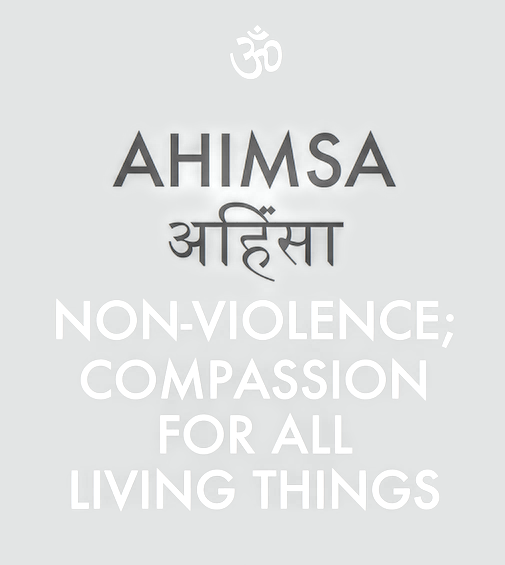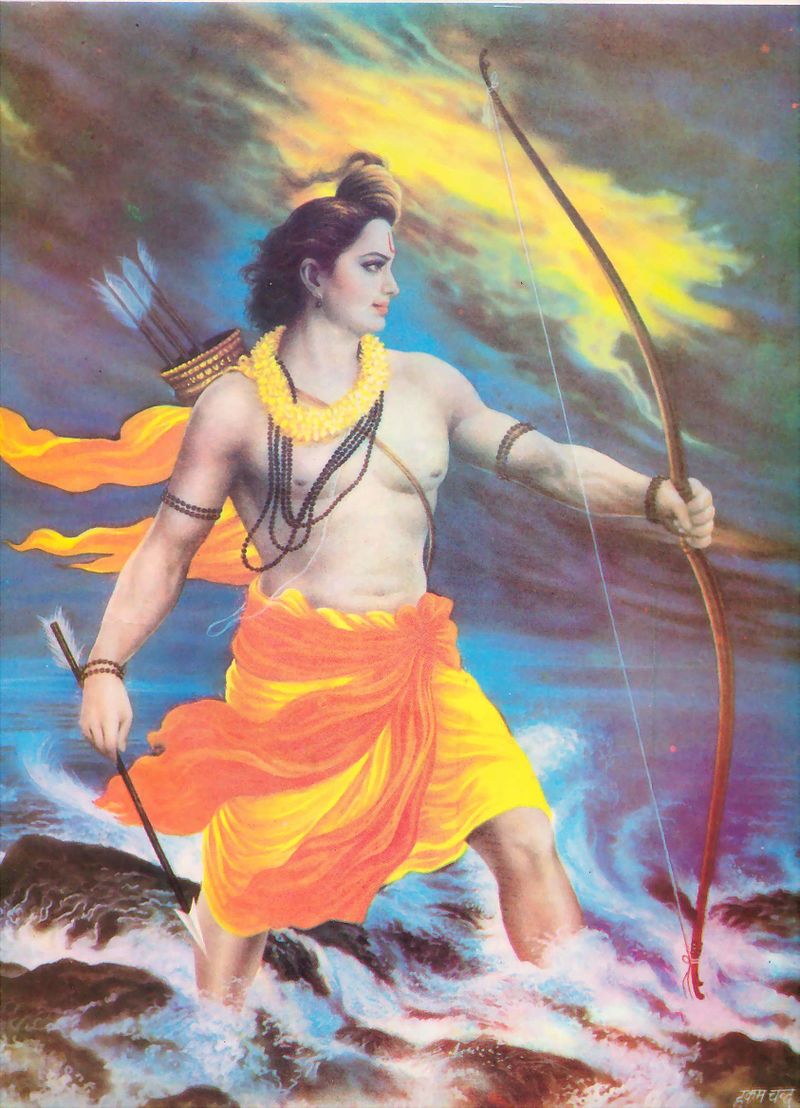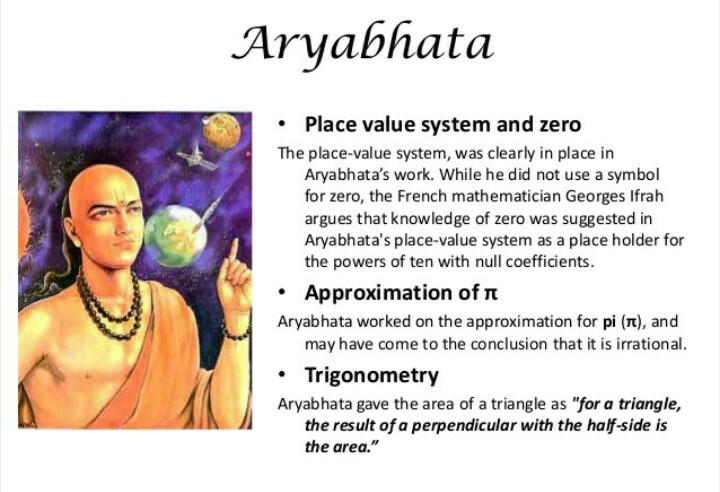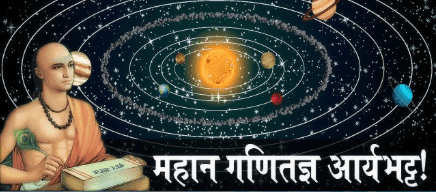The primary rule in #Hinduism, #Jainism and #Buddhism is “dharma”
And the first of all dharma is “ahiṃsā” (non-violence) - this starts with food.
The idea that human being don’t kill any life-forms for food.
@TIinExile @Aabhas24 @truejainology

Being kind to all living entities, not just to humans, but also to animals, birds, insects, etc..
This is because the living entity, depending on its consciousness, can take a material body in any one of the 8,400,000 species of life.
This includes no eating of meat, fish, eggs, or insects.
In this way, Spiritual path remain free from so many unnecessary karmic reactions.
This comes back to us as reversals in life which we must endure in the future.
It also causes one to remain hard-hearted & less sensitive to the concern for the wellbeing & feelings of others.
Therefore, a wise soul does not even want to harm an insect if possible, what to speak of slaughtering an animal in order to taste its flesh & blood.
Krishna says in B.G “The devotees of Lord are released from all kinds of sins because they eat food which is offered first for sacrifice. Others,who prepare food for personal sense enjoyment,verily eat only sin.”Bg.3.13
He explains quite clearly that all food, as well as anything else, should first be offered to Him.
“If one offers Me with love and devotion a leaf, a flower, fruit or water, I will accept it."
Thus, no meat is mentioned.
One of which is that food that is acquired through cruelty is in the mode of tamas, or darkness and ignorance, or in the mode of rajas, passion, which causes pain and distress to both the eater and the eaten.
So, how can this be beneficial to anyone’s spiritual, mental, emotional, and subtle development?
which is a part and parcel of the Lord Himself, is equally present in not only humans, but all species of life.
Because he recognises the soul in all bodies, he does not cause any cruelty to them.
Compassion and kindness to all beings is how we make spiritual progress.
who does not think himself a proprietor,
who is free from false ego and equal both in happiness and distress...
is a godly quality, as Krishna further explains in B.G (16.2-3) :
ahimsa/nonviolence is one of the transcendental qualities that belong to godly men endowed with divine nature
There is no verse in Valmiki’s Ramayana that establishes that Lord Rama, Lakshmana or Sita ate meat while in or even out of exile.
In fact, it seems to show that He very much disliked the notion of eating meat.
The verse that comes in question in this regard in the Valmiki Ramayana, Sundarakanda, Skanda 36, Sloka 41, says:
“Na mamsam Raghava bhunkte, na chaiva madhu sevate, Vanyam suvihitam nityam bhaktamsnati panchamam.”
“Sri Rama does not take meat or honey. He partakes everyday of wild fruits and boiled (wild) rice fully sanctioned (for an ascetic) in the evening.”
Aghnyaa yajamaanasya pashoonpahi
Yajurveda 1.1
“O human! animals are Aghnya – not to be killed. Protect the animals”
Yajurveda 6.11
Protect the animals.
Yajurveda 14.8
Protect the bipeds and quadrupeds!
Esha vaam bhaago nihito ratnadheyaaya dantau maa hinsishtam pitaram maataram cha
Atharvaveda 6.140.2
eat rice,barley, sesame.
These cereals are specifically meant for you.
Do not kill those who are capable of being fathers & mothers.
Yajna never meant animal sacrifice in the sense popularly understood. Yajna in the Vedas meant a noble deed or the highest purifying action.
Nirukta 2.7
According to Yaaska Acharya, one of the synonyms of Yajna in Nirukta or the Vedic philology is Adhvara.
And therefore a-dhvara means an act involving no himsa or no violence.
There are a large number of such usage of Adhvara in the Vedas.
Sa id deveshu gacchati
Rigveda 1.1.4
O lord of effulgence! The non-violent Yajna, you prescribe from all sides, is beneficial for all, touches divine proportions and is accepted by noble souls.
Aswamedha does not mean horse sacrifice at Yajna. Instead the Yajurveda clearly mentions that a horse ought not to be slaughtered.
The word medha does not mean slaughter. It denotes an act done in accordance to the intellect Alternatively it could mean consolidation, as evident from the root meaning of medha i.e. medhru san-ga-me
Annam hi gau
Agnirvaa ashwah
Aajyam medhah
(Shatpath 13.1.6.3)
A Yajna dedicated to the glory, wellbeing and prosperity of the Rashtra the nation or empire is known as the Ashwamedh yajna.
Word Gau also means Earth & the yajna dedicated to keep Earth environment clean is called Gomedha Yajna”







